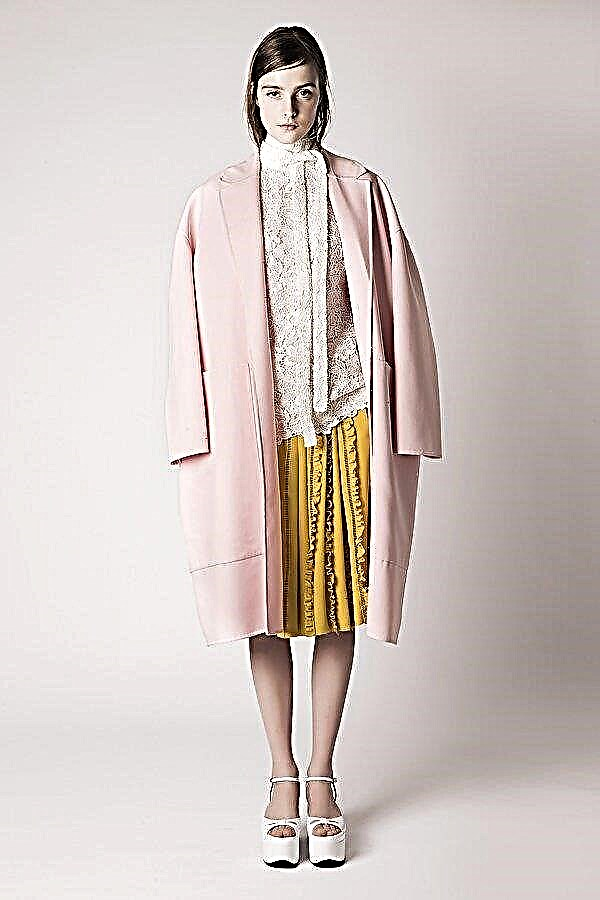Orange sticks are an indispensable tool for a gentle and beautiful manicure. But the possibilities of this beauty accessory are, in fact, much wider and go far beyond the scope of a beauty salon.

It turns out that an orange stick is a great helper in sewing on a sewing machine and overlock. How? Everything is very simple! An orange stick has two different slices, one sharpened, like a toothpick, or cut flat on both sides, and a beveled cut on the other end, but only on one side. That's just the last one most often used during manicure. And it is this beveled one-sided cut that found its application in sewing, as an assistant, of course.
The sloping side is flat and smooth. It easily falls under the lowered foot in those places where it is impossible to get your finger. Previously, for such purposes I used a regular needle, a narrow metal ruler and even scissors, but there is a high probability of tissue damage, for example, the formation of clings. Now I use an orange stick.
Life hack: how not to ruin welt loops
This non-sewing gadget is a great helper:
✂ when sewing the assembled parts - during sewing, a thick assembly can jam under the presser foot, overlap the seam, subsequently forming ugly irregularities. And with an orange stick, this is easy to avoid.



Adjust the folds with the beveled cut side by first stopping the sewing machine. It is not necessary to raise the foot.

In the same way, an orange stick can be used while working on an overlock;
✂ sewing pleated patterns;
✂ decorating the product with sewn appliqués;
Ч customization of various decorative elements around the edge - in this case, using an orange stick, it is easy to control the displacement of parts and correct them when necessary;


✂ and even to carefully remove the tailor pins from the fabric - when sewing parts, when the stitch comes to the place with the tailor's pin, stop the machine / overlock, do not raise the foot, carefully pick up the pin head with an orange stick and remove it from the fabric.
Life hack: how to use a sheet of paper to lining stocks
The author of the master class and photo: Julia Dekanova



